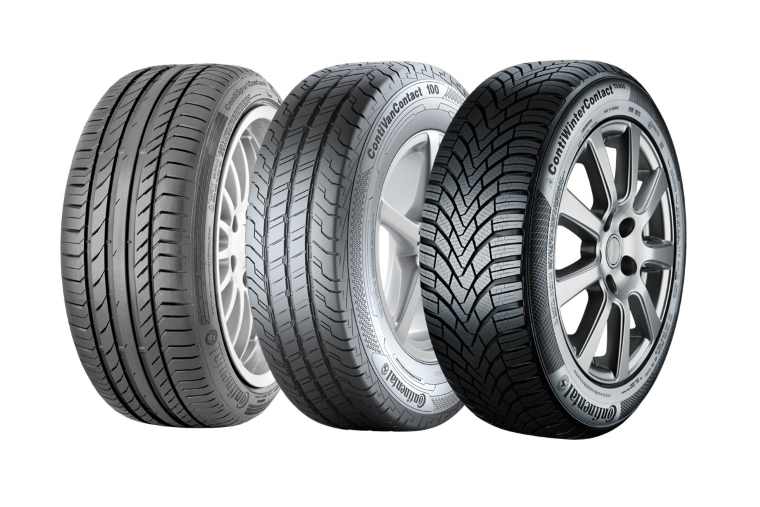I have just noticed something I have never seen before.
The tyres on my vehicle have "OUTSIDE" embossed on one side but the tread is not symmetrical so this results in it being reversed when on the 'other' side.

I can understand a tyre tread being such that the tyre must only rotate in one direction so cannot be reversed but this just seems to me to result in the tread being purposely reversed hence it is entirely pointless so why bother - if not actually undesirable.
Am I missing something?
The tyres on my vehicle have "OUTSIDE" embossed on one side but the tread is not symmetrical so this results in it being reversed when on the 'other' side.
I can understand a tyre tread being such that the tyre must only rotate in one direction so cannot be reversed but this just seems to me to result in the tread being purposely reversed hence it is entirely pointless so why bother - if not actually undesirable.
Am I missing something?


